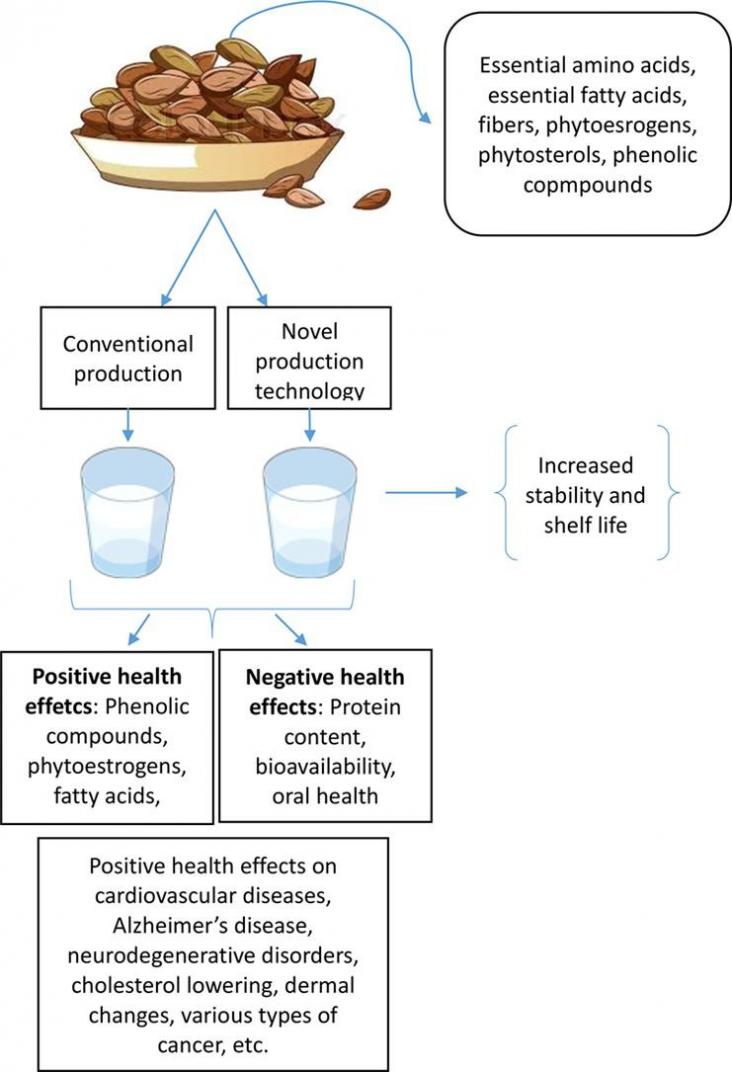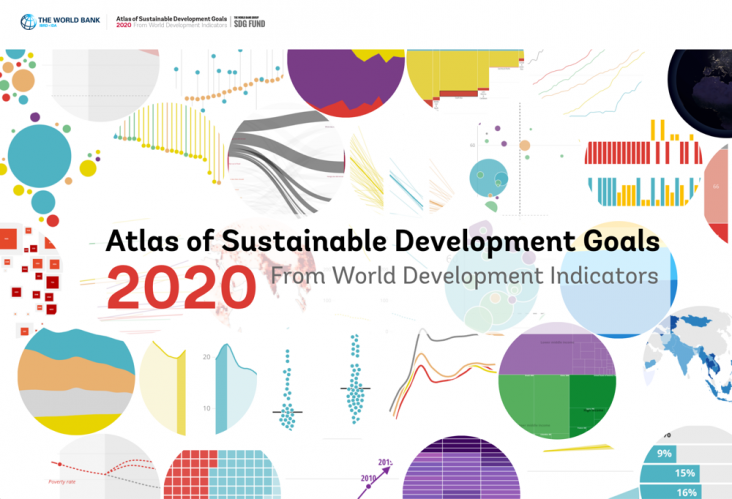Food safety concerns every food handling facility and is intricately woven with food nutrition. There are many factors that can make food incongruous for the consumption of humans.
Contributing to SDGs 2 and 3, this chapter highlights the different scenarios related to food in respect of microorganism growth, different types of food poisoning caused by different sources, like microbial contamination, pesticides residues, improper handling of food, personal unhygienic practices, and their safety measures.
China is a key player in global production, consumption, and trade of seafood.
Humans, through agricultural fertilizer application, inject more reactive nitrogen (Nr) to terrestrial ecosystems than do natural sources.

The consumption of plant-based milk substitutes has spread rapidly around the world due to its numerous positive health effects on the human body.
Producing food exerts pressures on the environment. Understanding the location and magnitude of food production is key to reducing the impacts of these pressures on nature and people.
Partner content
World Bank
The Atlas of Sustainable Development Goals 2020 presents interactive storytelling and data visualizations about the 17 Sustainable Development Goals.
This book chapter addresses SDGs 2 and 12 by explaining the technological advances in modern breeding techniques in grain crops. Innovative breeding techniques are covered including speed breeding.
Elsevier,
Polymer Science and Innovative Applications, Materials, Techniques, and Future Developments, 2020, Pages 525-543
This chapter supports SDGs 2, 9 and 12 by discussing the critical role that polymeric materials play in terms of food packaging - increasing responsible consumption and sustainability, supporting transport of food, and reducing food waste. The chapter also highlights the latest developments in bio-based/biodegradable food packaging which offers a more sustainable route than traditional synthetic plastic food packaging.
Advancing SDGs 2, 12 and 15, this chapter contributes to an understanding of the long-term impacts, challenges and benefits of agronomic practices impacts.
This chapter contributes to SDGs 2 and 3 by addressing topics associated with the alleviation of malnutrition in globally diverse populations via wheat and barley biofortification.
